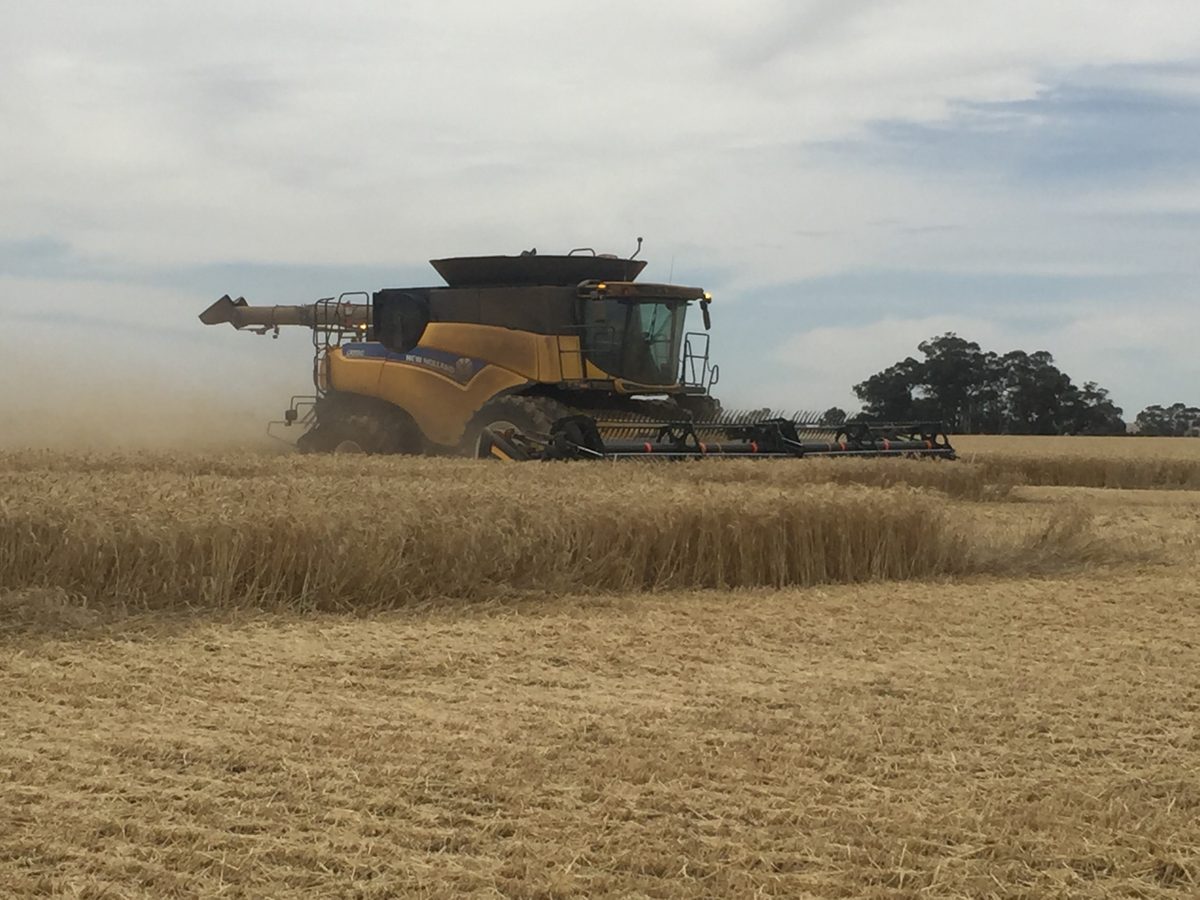Crop water use efficiency
Crop or plant water use efficiency (WUE) is a measure of the amount of crop or pasture material produced per unit of water available to the plant. In dryland (rain-fed) cropping systems this is usually expressed as kilograms of grain yield (per hectare) per millimetre of growing season (April to October) rainfall.
Measuring crop water use efficiency
A widely accepted crop water use efficiency model was established by French and Schultz (1984) This proposed that crops could produce a maximum of 20 kg/ha of grain per mm of rainfall, after allowing for evaporation of soil moisture. This is equivalent to a crop achieving 100% of its yield potential based on the amount of rainfall received. Recent research is showing that recently bred high yielding crop varieties can achieve nearer 25 kg grain/ha/mm rainfall, and this is being achieved in many broadacre farming situations.
Monitoring and trends
WUE can be used as a broad indicator of soil health. It reflects soil constraints to plant water uptake or growth but is also affected by climatic conditions and agronomic management in addition to the inherent yield or productive potential of plant varieties. Poor WUE (assuming reasonably sound agronomy) can indicate inherent soil limitations to productivity and/or decline in soil condition.
It is not a diagnostic indicator since a low WUE value might be due to any of a range of soil and agronomic limitations. An upward trend in WUE is likely to indicate an improvement in overcoming one or more limitations to growth. A flat trend in WUE, particularly if the value is relatively low, might indicate that existing limitations are not being overcome or that improved practices have not been adopted. A declining trend would tend to indicate worsening limitations to plant growth, some of which could be due to decline in soil condition.
Crop water use efficiency (WUE) in wheat has been estimated for the 1982 – 2020 period as a broad indicator of soil productive health on cropping land in South Australia. The annual wheat yield estimates produced by the Department of Primary Industries and Regions (PIRSA) by cropping district and Bureau of Meteorology (BOM) monthly gridded rainfall data (spatially trimmed to cropping land) were used with a modified French – Schultz yield potential model to estimate water use efficiency. This analysis showed the trends in WUE over time in each district and weighted average WUE by region and for the state, as well as differences in WUE between districts and regions. It has helped to identify where soil or agronomic constraints to production may exist as well as opportunities to improve productive performance.
In South Australia, wheat water use efficiency was averaging around 7 kg/ha/mm in the 1960s and 1970s, then steadily increased through the 1980s and 1990s before levelling out at around 11 kg/ha/mm in the 2000s. Over the last decade, WUE has increased to about 14 kg/ha/mm.



